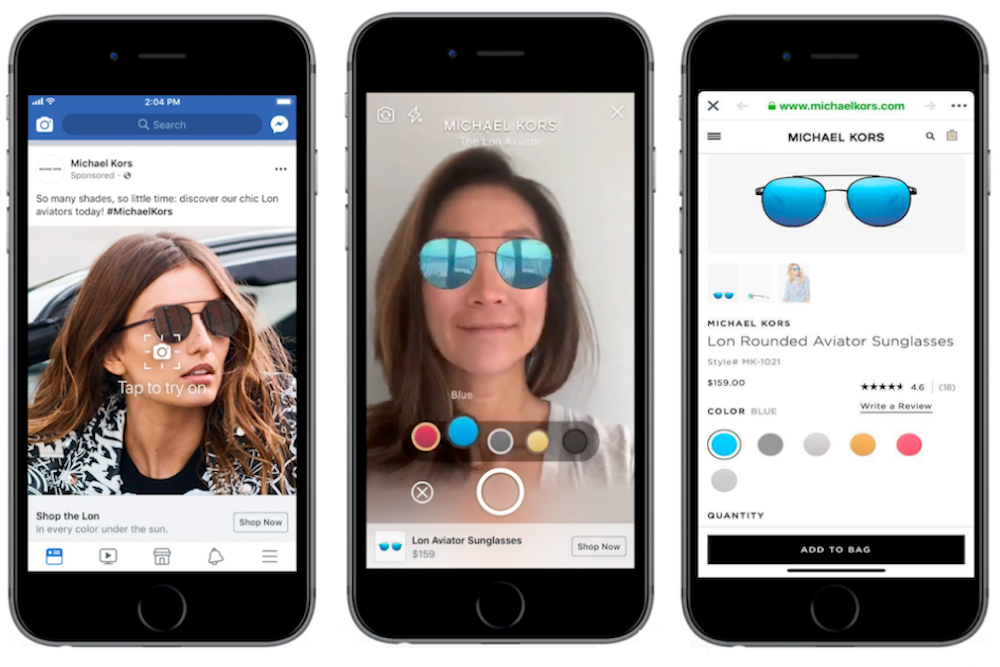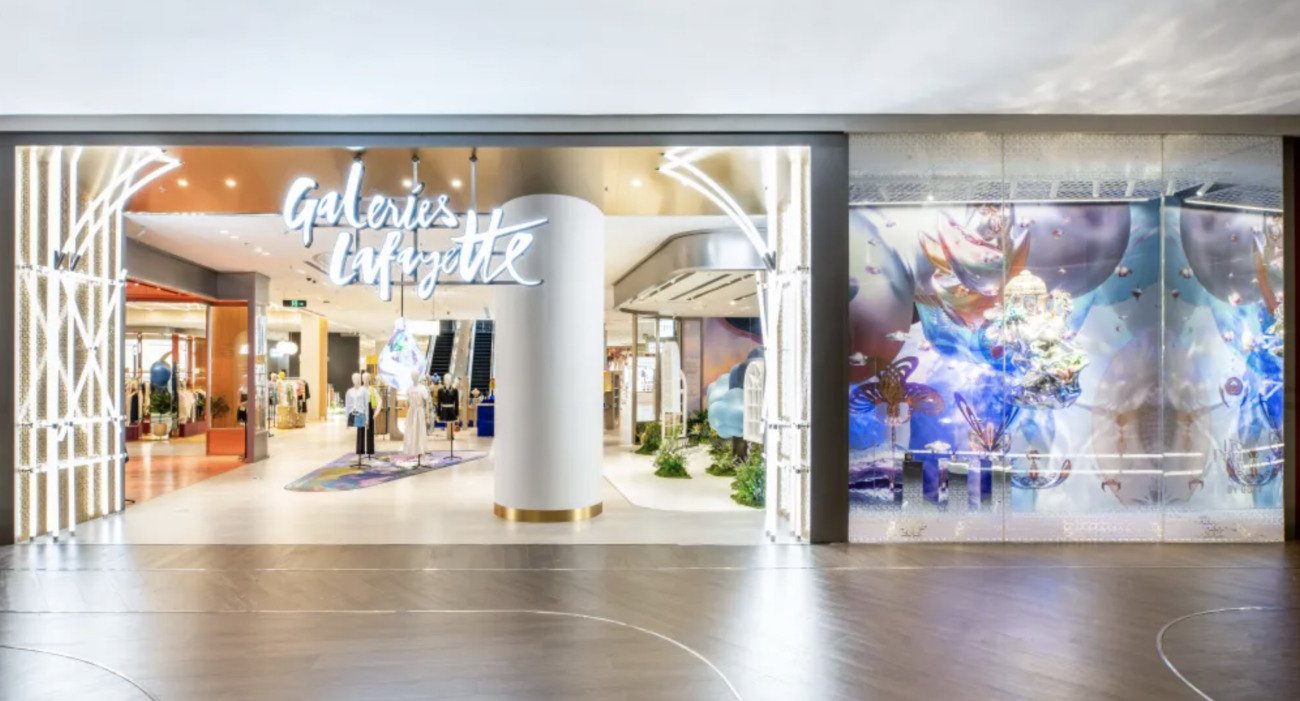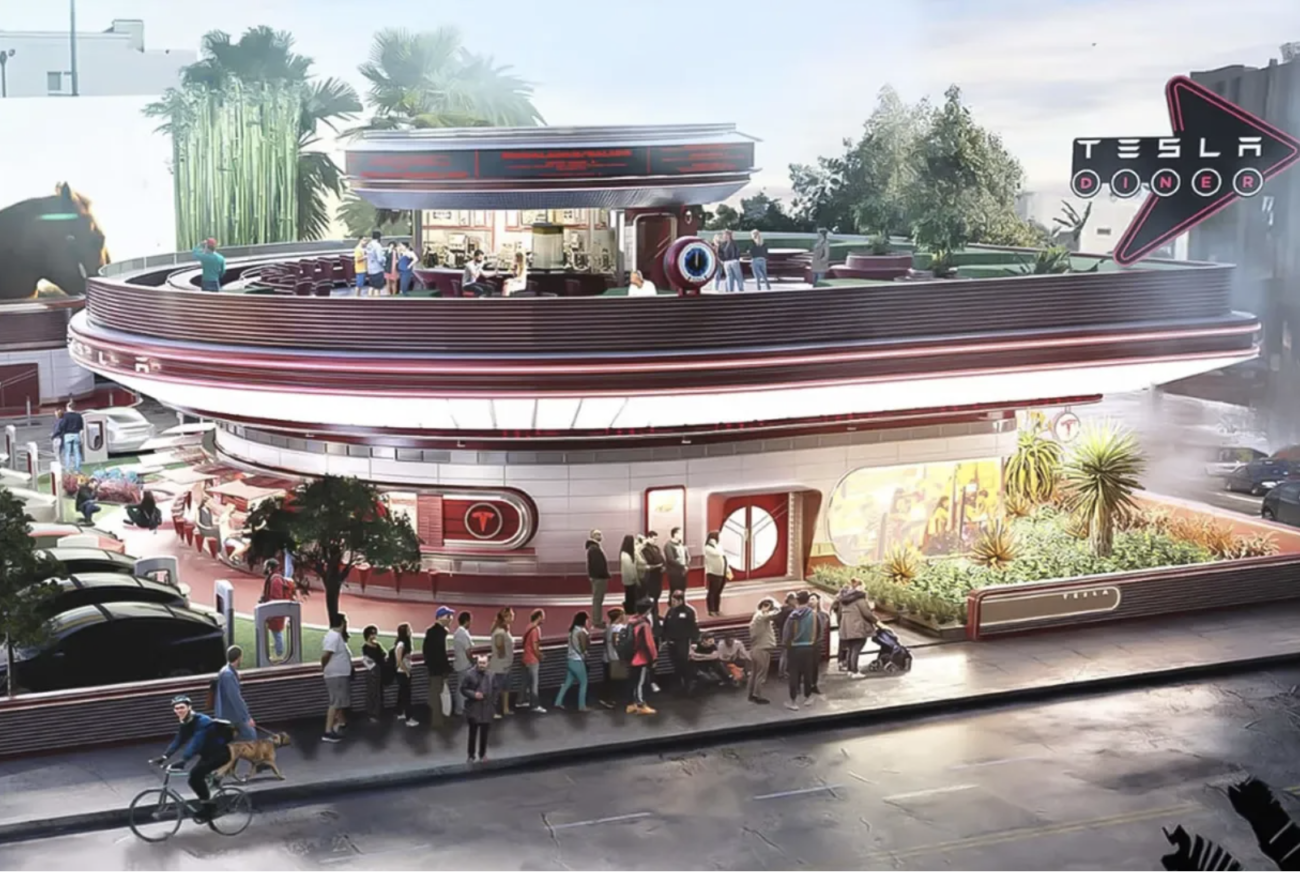3 Innovations Shaping Facebook Retail
Facebook is aiming to bring a kind of third dimension to the customers’ buying experience by bridging the gap between online and in-store shopping—and then giving them something more. The social media service is doing so

Facebook is aiming to bring a kind of third dimension to the customers’ buying experience by bridging the gap between online and in-store shopping—and then giving them something more. The social media service is doing so with image, video and conversational commerce platforms that carve new temporal consumer spaces, from augmented-reality ads that let shoppers virtually try on Michael Kors sunglasses from their smartphones to chatbots that offer advice on the right shade of lipstick.
The social network is on a quest to be a hub for retailers and shoppers to interact in dynamic ways, with mobile fuelling most of that activity. This strategy reflects the retail innovation and consumer-behaviour trends to keep an eye on these days, as shoppers move in new ways from product discovery to purchase.
Moving From Omnichannel To Omni-Experience Shopping
“The overarching theme we’re seeing is that omnichannel retailing is not just about making sure a product is available; it’s about creating experiences in multiple places,” Press said. “Retailers are looking for ways to create more immersive experiences for consumers.” To that end, Facebook is working to bring “the experience of touch and feel to the virtual world” by testing augmented reality ads in fashion, beauty, furniture, gaming and entertainment. AR ads, which appear in the Facebook News Feed, enable shoppers to try on and visualise a variety of looks, products and experiences.
The move comes as the social network looks to capitalize on the rise of video, a medium that is becoming consumers’ preferred path to product discovery on mobile devices, according to the company. Facebook says it serves over 1.7 billion impressions of ads that connect relevant products to people on a daily basis. Now more than 50% of app ad spending on the site, including by retailers and brands, reflects video usage.
The AR ads use shoppers’ smartphone cameras to place an augmented reality version of an advertised object, like lipstick, onto their video image or into their living space, with brands from Sephora, King, Pottery Barn and Wayfair among the first round of participating merchants. With the furniture retailers, for example, the ads enable consumers to envision a virtual couch or kitchen table in their actual home environment—before committing to a purchase.
Bonding With Consumers’ Personal Shopping Tool
More than half (56%) of consumers now use smartphones when shopping in store, up from 51% in 2016, according to Facebook data. “How do you bring relevance to someone standing in the store, browsing their phones, checking for product availability and prices?” Press said.
Retailers and brands are tapping Facebook and Instagram to reach that in-aisle shopper with solutions like “custom audiences,” an ad-targeting option that lets retailers find consumers who already know its business on Facebook, and “lookalike audiences,” a path to potential shoppers who are likely to be interested in a business because those consumers are similar to existing shoppers, Press said.
What’s more, with dynamic ads that populate a product catalog of up to millions of items, “retailers can create [on Facebook] tailored, personalized connections with shoppers and meet growing expectations for relevance that’s accessible and on-demand from their mobile device,” Press said. The dynamic ads reflect a particular shopper’s purchasing behavior, “as well as what similar people have clicked on or engaged with.”
Consumers increasingly navigate their personal and professional lives via their smartphones, which have become curated portals to access information, pay bills, play games, stream entertainment, conduct business and shop. So they’ve come to expect that brands deliver them equally customized content experiences on their mobile devices, Press said.
The Medium Is The Messenger
For retailers and brands, messaging is steadily gaining adoption as a means to enhance customer service. Indeed, “two billion messages are sent every month between people and businesses,” Press said. Shoppers want to engage with retailers and brands, whether it’s to a chat bot that answers a customer-service question or a live video chat with a Sephora beauty consultant to help them pick out the right shade of lipstick. Companies “that respond quickly” are the ones that are rewarded with shopper loyalty, she said.
“Retail is incredibly important to us as a platform as [a means for] shoppers to discover products and understand how they work in their own lives.”
Via PFSK
 English
English





